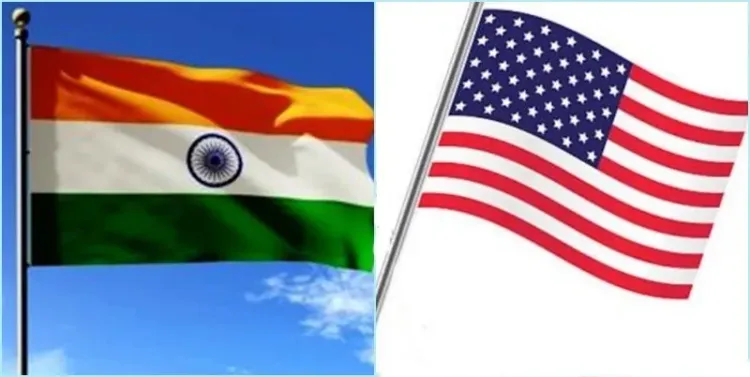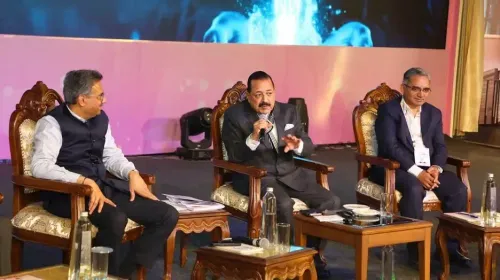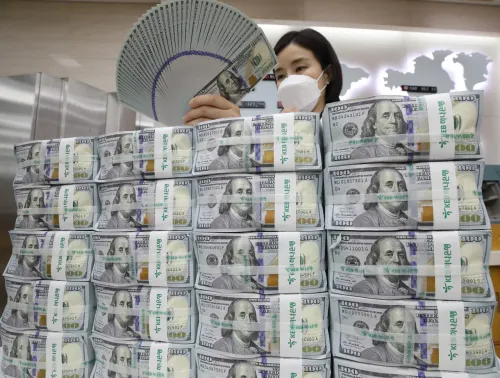India-US Trade Agreement Expected to Finalize by Autumn 2025: Morgan Stanley

Synopsis
Key Takeaways
- A trade deal between India and the US is expected by autumn 2025.
- India has a lower goods exports to GDP ratio compared to other Asian countries.
- Uncertainty remains regarding the specifics of tariff increases.
- High tariff rates and non-tariff barriers expose India to reciprocal tariffs.
- Potential tariffs on pharmaceutical exports may arise.
New Delhi, March 11 (NationPress) A trade agreement between India and the US is anticipated to take some time, but it is projected to be finalized by autumn 2025, according to a report from Morgan Stanley released on Tuesday.
While India faces direct tariff risks, the global brokerage asserts that, overall, the nation is less vulnerable to a slowdown in global goods trade, given that it possesses the lowest goods exports to GDP ratio in Asia.
The report pointed out that significant uncertainty still exists regarding the extent of the tariff hikes that India may encounter, as the US administration has not yet fully clarified how reciprocal tariffs will be applied.
According to the report, while India can ultimately reach a trade agreement with the US, it is likely to be more complex due to various bilateral trade issues.
“As it stands, officials have indicated a timeline of Fall (September-November) 2025 for a potential US-India free trade agreement. This suggests that India will not be able to escape reciprocal tariffs set for April 2nd, and that tariffs may increase in the interim until a trade agreement is achieved,” it further noted.
The report emphasized that the WTO’s most-favoured-nation principle also restricts India from modifying its tariffs on US imports without extending similar treatment to other WTO members, unless this occurs within the framework of a free-trade agreement.
Under WTO agreements, nations typically cannot discriminate between their trading partners. If a country grants a particular favor (like a reduced customs duty rate for one of its products), it must extend the same treatment to all other WTO members.
Some exceptions do exist. For instance, countries may establish a free trade agreement that only applies to goods traded within the group—discriminating against goods from outside. Alternatively, they may offer developing nations special access to their markets or impose barriers against products deemed unfairly traded from specific countries. In the area of services, countries are permitted, in certain situations, to discriminate.
However, these exceptions are only permissible under strict conditions. Generally, MFN means that whenever a country reduces a trade barrier or opens a market, it must do so for the same goods or services from all its trading partners—regardless of their economic status, the report observed.
It further indicates that, from a tariff risk perspective, India ranks among the more vulnerable economies in Asia to further tariff escalation (i.e., reciprocal tariffs) due to its imposition of significantly high tariff rates on certain imports, the presence of substantial non-tariff barriers, and the size of its goods trade surplus with the US.
Moreover, India is also moderately vulnerable to potential tariffs on exports of pharmaceutical products. Former President Trump has indicated that he may impose tariffs on this category, which constitutes 2.8 percent of total exports and 0.3 percent of GDP.










